This is the second article in a two-part series about micronutrients. Check out part one on vitamins if you haven’t already before reading this one!
As with vitamins, minerals don’t directly give us energy; we get that from our macronutrients. Minerals are simply various elements found on the surface of the earth that are in soil and water. Plants absorb the minerals, and are consumed by other animals as well as us, therefore the health of our environment has a big role in how nutrient dense our foods are. Minerals have multiple purposes, like vitamins they act as co-enzymes in various metabolic processes, but they also help to build various structures in the body like bones and teeth, and they also help to regulate our bodies' fluids in the form of electrolytes.
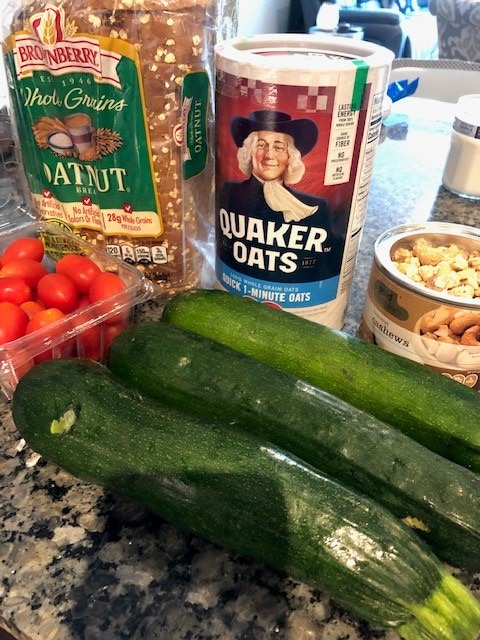
Vitamins need to bind to either fat or water to be used, and minerals also must bind to other things like amino acids, or in the case of electrolytes, water (more on that in a bit). For the most part, less processed foods are the way to go because the minerals are already attached to foods. However, some minerals bind to compounds that block their absorption in the body. In poor areas of the world where corn or rice make up most of the diet, the minerals attached to them won’t get absorbed properly because they need other foods to bind to. An example of this is brown rice. Brown rice has more minerals than white rice and has therefore often been labeled as “healthier,” however the minerals are bound to phytate, which blocks their absorption in the body. Therefore a balanced diet of a variety of foods is always the way to go. Conversely, some minerals work best with other micronutrients to sort of partner up and enhance each other's absorption.
You’ve probably heard the term ‘electrolyte’ and may be familiar with a few of them, but outside of having something to do with hydration, have you ever thought about what an electrolyte actually is? Our bodies quite literally run on electricity - all signals between the brain and muscles and organs are sent via electrochemical impulses. To manage the flow of these signals we essentially need some moderators directing traffic, electrolytes. Electrolytes are compounds that become electrically charged, or ions, when placed in a solution such as water or our cells. To have an electric charge, the minerals are either missing an electron giving them a positive charge, or have extra electrons, giving them a negative charge. This charged state lets them bind to a solution, and in our cells create different concentrations of charges across multiple cell membranes (called a concentration gradient). These differences in charges are what facilitates the movement of fluid in our body at a cellular level, which sort of makes sense as we obviously need something to be the driver of fluid dynamics in our body.
Minerals
What body processes are each involved in and common sources
Calcium
- Transmit nerve impulses, contract our muscles, build/strengthen teeth and bone, secretes hormones, enzyme co-factor
- Dairy, dark green veggies, beans, nuts and seeds, fish, calcium fortified foods
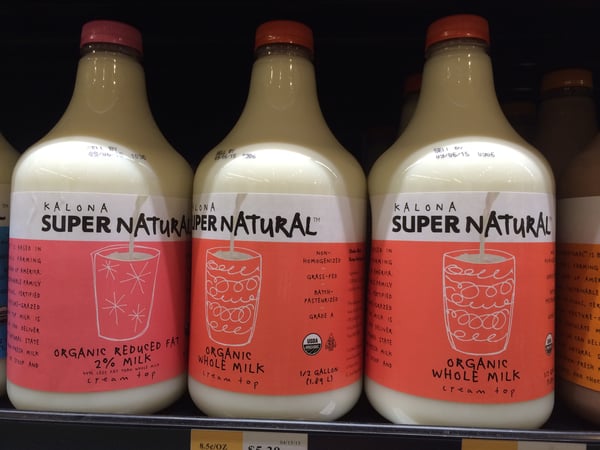
Chloride
- Electrolyte, digestions and absorption of many other nutrients
- Almost all foods contain chloride, processed foods contain sodium chloride (salt)
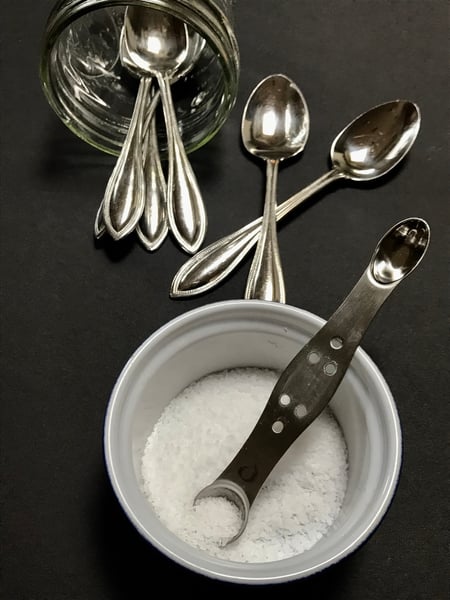
Chromium
- Supports carb and fat metabolism, supports insulin effects, lipoprotein metabolism
- Broccoli, mushrooms, potatoes, oats, beer and red wine, beef and organ meats, aged cheese
Copper
- Antioxidant, energy production within cells, regulates protein synthesis, neurotransmitter metabolism
- Dark chocolate, nuts and seeds, beans and legumes, seafood, mushrooms
Iodine
- Forms thyroid hormones
- Saltwater fish/seafood, dairy, eggs
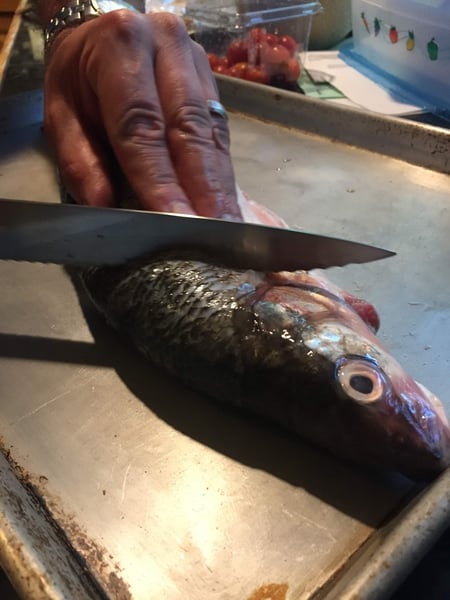
Iron
- Essential part hemoglobin and myoglobin, which bind to oxygen to move it through the body, formation of blood vessels and red blood cells, producing anaerobic energy, makes up hundreds of enzymes and proteins, involved in drug metabolism
- Iron is the most common nutritional deficiency in the world. There are two forms of dietary iron- heme and non-heme. Heme iron is found in dark fleshed meat and absorbed better than non-heme, which is found in plant sources and iron salts. Deficiency being high is due to multiple reasons. Vegetarians and vegans can’t absorb much of the non-heme iron they consume even if they are consuming a lot of it. Having a vitamin A deficiency will worsen iron deficiency as well, and women in general need more iron than men to support pregnancy and menstruation, but often consume less than men do. Over consuming iron can also pose problems, especially in men, such as increasing the risk for cardiovascular disease and cancer.
- Heme: Fish, shellfish, organ meats, red meat, dark poultry
- Non-heme: Beans and legumes, dark leafy greens, whole grains, potatoes, peppers, olives, molasses, seeds, prune juice
Magnesium
- Carb and fat metabolism, DNA and protein synthesis, transport of ions, wound healing, 300+ enzymatic reactions
- Many Americans don’t get enough magnesium, which can lead to muscle cramps and spasms, anxiety, abnormal heart rhythms, and cognitive issues
- Nuts and seeds, beans and legumes, dark chocolate, dark leafy greens, whole grains, potatoes
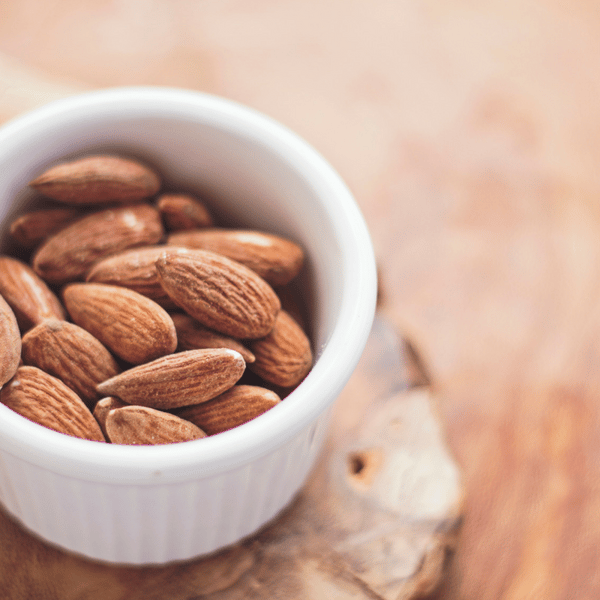
Manganese
- Antioxidant, helps build connective tissue, carbohydrate metabolism, amino acid and cholesterol metabolism
- Tea, whole grains, nuts, dark chocolate, pineapple, berries, dark leafy greens, peppers, garlic, onions, mushrooms
Molybdenum
- Carbon, nitrogen, and sulfur metabolism, metabolizes certain carcinogens called nitrosamines
- Almonds, legumes, oats, yogurt, potatoes, bread, green veggies
Phosphorous
- Phosphorous (in the form of phosphate) is literally the P in ATP, our bodies energy currency. Every single cell in our body needs it to function.
- Beans, legumes, nuts and seeds, cheese, fish, beef, eggs
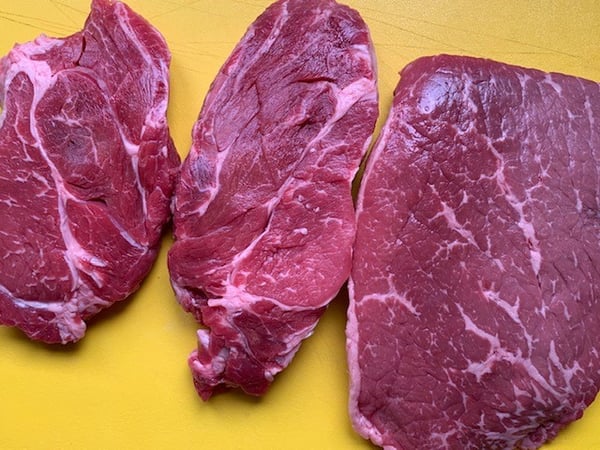
Potassium
- Main positively charged ion of intracellular fluid (fluid within cells), therefore one of the main electrolytes. Works to balance sodium and blood pressure. The average American only gets 60% of their potassium needs, which is one reason that excess sodium can be more of an issue than it should be.
- Veggies, potatoes, beans and legumes, fruits, dairy, fish, whole grains (note that this list is pretty exhaustive of all whole foods- no coincidence that a country that still needs to be told to eat a mostly whole food unprocessed diet is also deficient in potassium).
Selenium
- Powerful antioxidant, deiodination of thyroid hormone T4. Very easy to consume in excess which can lead to skin problems, nervous system fatigue, brittle hair and nails
- Brazil nuts, sunflower seeds, whole grains, fish and seafood, poultry, red meat, eggs
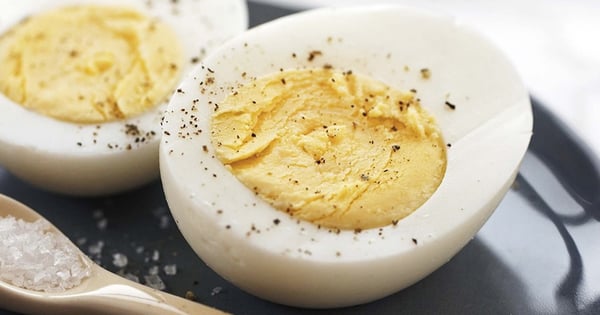
Sodium
- Main positively charged ion of extracellular fluid (fluid surrounding cells), therefore the other main electrolyte worming to balance potassium and blood pressure.
- Most foods have some sodium, processed foods have a lot. If you’re eating too many processed foods and are relatively inactive, you’re probably getting too much sodium. If you’re eating a “super clean’’ diet of all whole foods and you don’t add salt to anything and you’re very active, there’s actually a good chance you’re not getting enough sodium.
Sulfur
- Most abundant mineral element in the human body, part of 3 amino acids- cysteine, methione, taurine. Involved in maintaining body’s PH levels, liver detoxification, and acts as antioxidant
- Protein dense foods, cruciferous veggies, garlic and onions

Zinc
- Growth and development, neurological function, immune system health, reproduction, apoptosis (programmed cell death), metabolic catalyst, cell structure and health, gene expression, cell signaling and hormonal response
- Zinc in animal sources is more bioavailable than plant sources- found in all meat sources, beans and legumes, nuts and seeds, and whole grains.
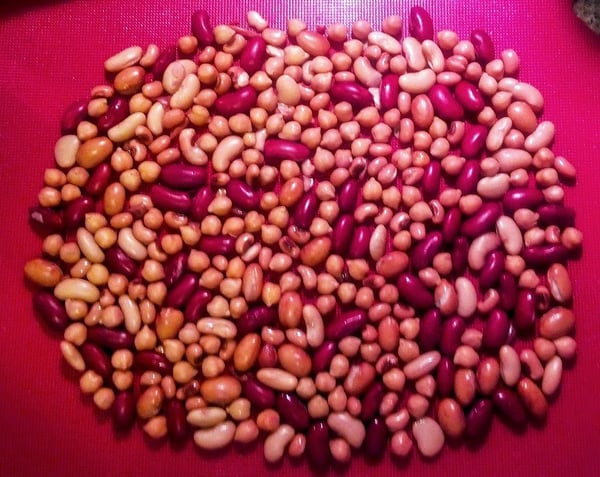
So you’ve made it this far! My apologies for a more extensively scientific series, but nearly each one of these vitamins and minerals could have a separate blog post going into far great detail, and I plan on diving into sodium and calcium more thoroughly in the future.
There are a two key points to pull from learning about micronutrients. For one, with anything diet related, having too little or too much of various micronutrients will result in issues. As for the second, having a well balanced diet consisting of all sorts of whole, unprocessed foods is nearly always going to be the best option. Sticking to a purely plant-based or animal-based diet can work just fine, but there are many micronutrients that you’ll literally be forced to supplement with if you pick that diet/lifestyle. There are many foods on these lists that popped up extremely frequently, and unfortunately they also seem to be foods that I see being consumed the least amount of time. Fill your plate with a colorful mix of foods and you’ll likely be just fine! As always, feel free to comment with any questions.
The Chopping Block's new demonstration class The Non-Diet Diet is all about mixing things up in a healthy way. Instead of focusing on elimination diets and what you can't eat, Registered Dietitian Nutritionist Amy Klassman will show you how to implement tasty-yet-healthy diet modifications. Hint: it's all about dividing your plate into various sections!Sign up for The Non-Diet Diet











